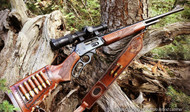With Ruger producing Marlin Lever Action rifles like the Marlin 1895, there is a newfound interest and demand for lever action rifles.
For those who do not know what a lever action rifle is, it is a repeating firearm that uses a lever behind the trigger that, when pulled forward, moves the bolt back to extract a casing and, when moved back, pushes the bolt forward to feed a cartridge.
What Makes Lever Action Rifles So Great?
Besides classic styling, one of the best things about lever action rifles is that the lever is ambidextrous, unlike a bolt action which is usually made specifically for a right-handed shooter. They can have the accuracy of a bolt action because they use manually operated bolts similar to bolt action rifles which tend to be a little more accurate than semi-auto rifles that rely on a gas operation. However, like semi-auto rifles, you can keep your eyes on the target and quickly load another cartridge. Not that you can’t do that with a bolt gun. It’s just that your hand stays below the gun, allowing you to use only two motions rather than four to extract a case and load a cartridge. Typically, a shooter can be faster with a lever action than with a bolt action.
The most popular lever action rifles are carbines which are shorter in length than most bolt action rifles making them great saddle rifles and short-range thick cover hunting rifles. Due to their ease of use and shorter length, many hunters recommend them for young or smaller hunters.
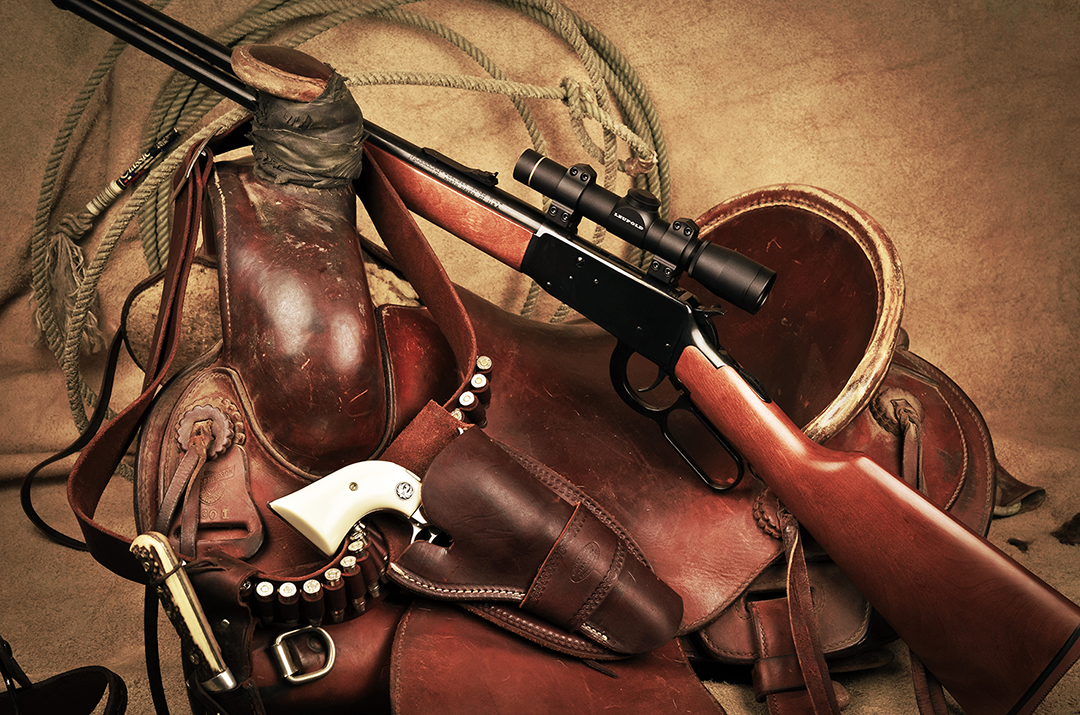
What Are Some of the Cons to Owning a Lever Action Rifle?
Some might see this as a con while others will see this as a pro that most models are limited to the kind of ammo used due to being tube fed like the 30-30 Winchester, .45-70 Government, and the .44 Remington Magnum, .444 Marlin. Using round-nose bullets can limit their use to a shorter range which is fine if you are not a long-range shooter.
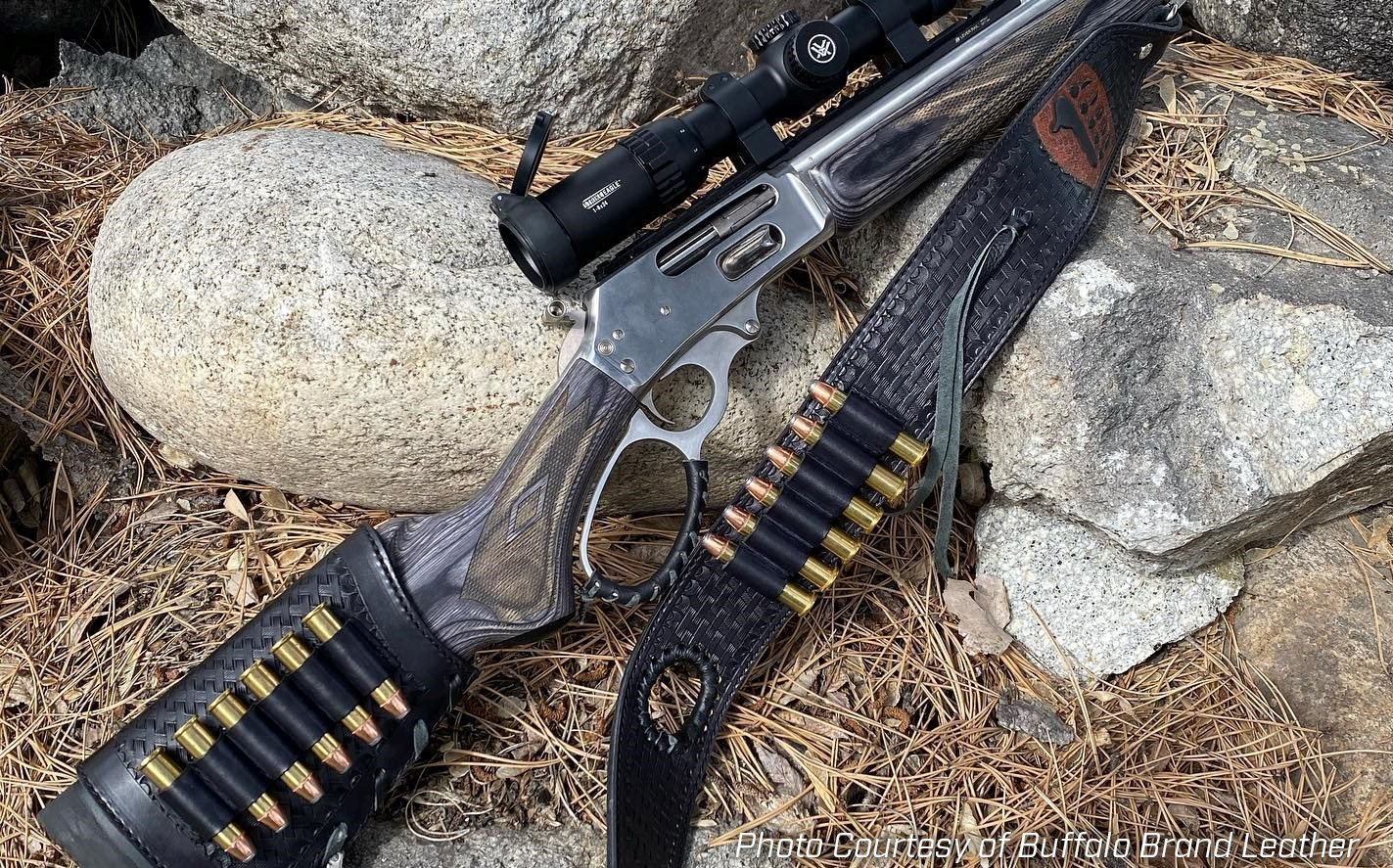
However, some Lever action rifles like the Browning BLR are an exception because they are magazine-fed, not tube-fed. They can shoot all the popular cartridges like .308, 30.06, 7mm Magnum, the long-range 6.5 Creedmoor, and the long-range heavy hitter the .300 Winchester Magnum. Having owned both myself, a lever action Browning BLR in a .300 Win Mag and a semi-auto Browning BAR in a .300 Win Mag. I found the BRL slightly more accurate than the BAR version.
Lever action rifles can be a little noisier to operate than bolt action when feeding a cartridge due to the motion of the mechanical parts. However, they are quieter than most semi-auto rifles like the AR-15 or SR-25 style rifles, which slam the bolt when loading a round in the chamber.
Rimfire Lever Action Rifles 3/8” Dovetail Scope Rings
There are also .22 rimfire lever action rifles like the Henry Classic Lever Action .22 and Browning BL-22 that do not require bases as they have a 3/8” dovetail grove machined on the receiver. Warne manufactures Dovetail rings for rimfire rifles to fit them.
Mounting a Scope on a Lever Action Rifle
Warne makes scope mounts for the following Browning BLR (steel receiver), Marlin 1895, 336, 1894, and several Henry models, including the 30-30 and 45-70 and the Mossberg 464.
With the exception of Winchester Lever action rifles, mounting a scope on a Lever Action Rifle is not much different than mounting a scope on a bolt action rifle just by following the included directions with the scope bases. You can also view this install video Warne Maxima Scope Bases - YouTube.
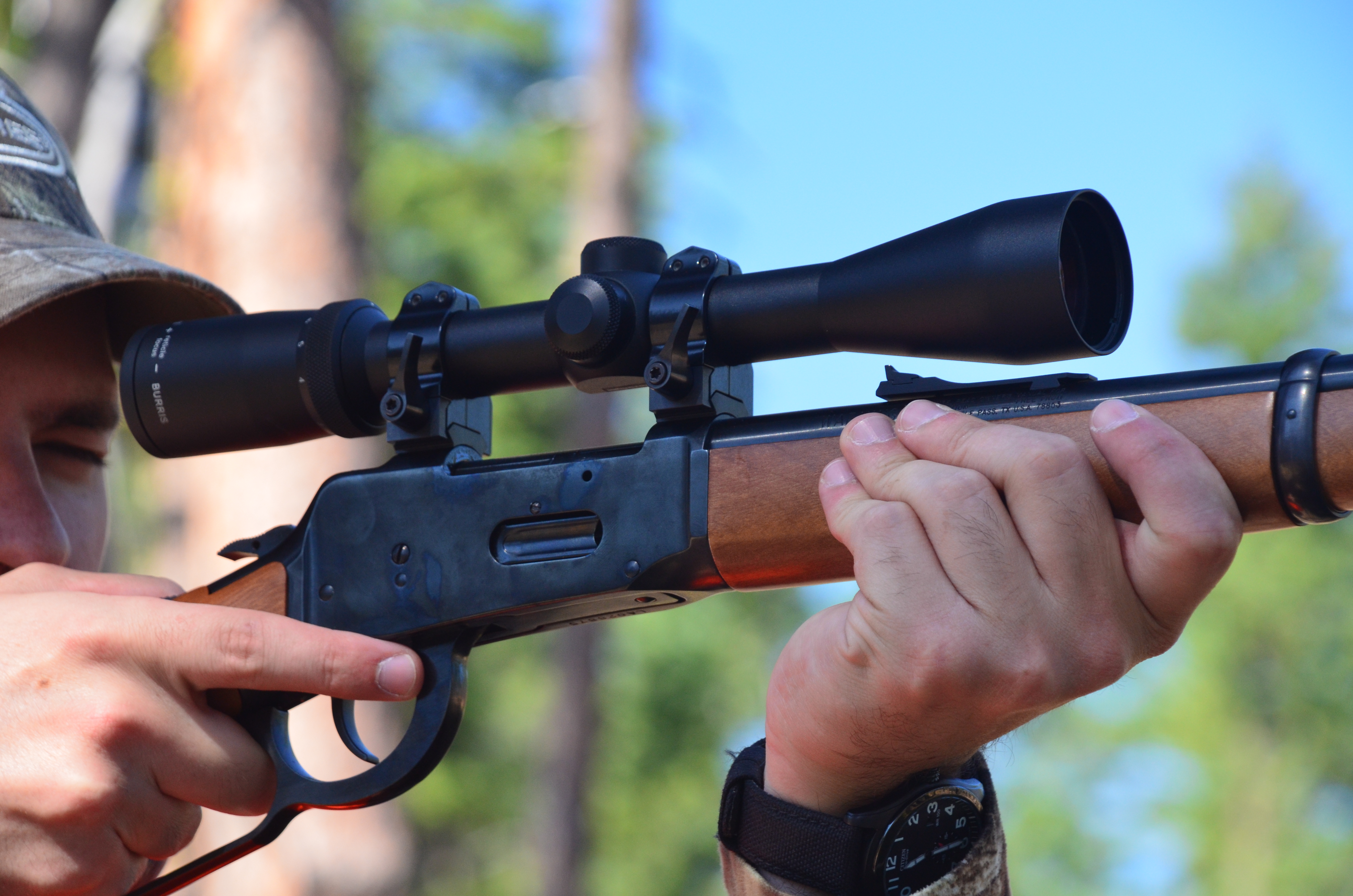
The Modern Lever Action Rifle
A hobby of many shooters is accessorizing their rifles. Some Lever actions are no exception. One of the first things shooters like to do is mount an optic, and there are even M-lock and Picatinny rails made for them now to mount additional accessories.
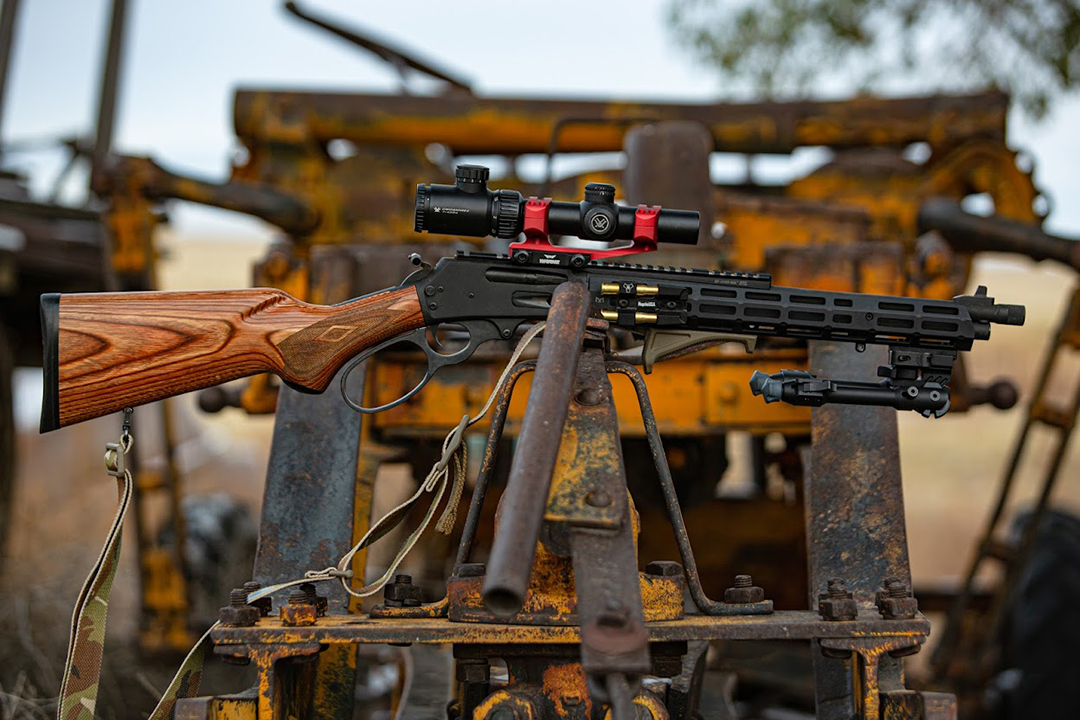
Let Warne help you find the best scope mount for your lever action rifle.

